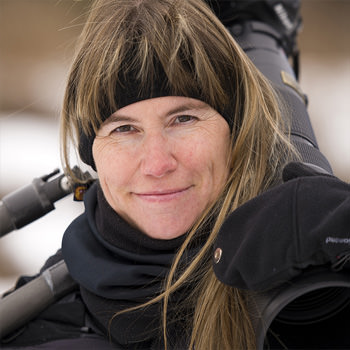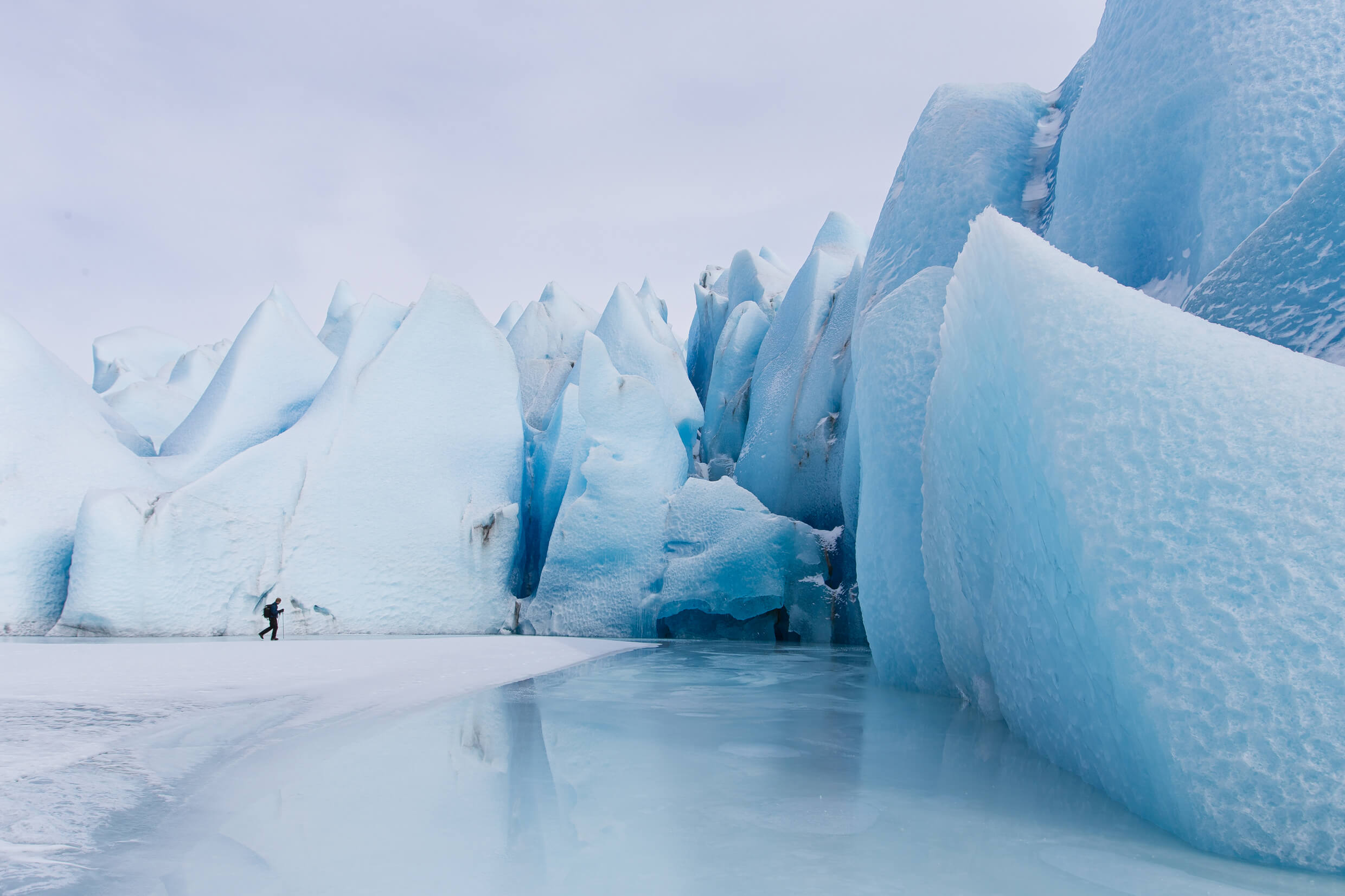
An award winning photographer, Jody MacDonald is no stranger to adventure and exploration in the last untamed corners of the planet. Having spent her formative years in Saudi Arabia before sailing around the world twice over the span of a decade on a kiteboarding, sailing and surfing expedition, she has traveled to over 90 countries in search of the unknown.
Ambassador profileI am passionate about stepping off the beaten path in pursuit of documenting and creating original, high-quality content that blends insightful storytelling, big adventure expeditions and social change inspiration.
Looking back, I have loved adventure and exploration as long as I can remember. At the age of two, my father got a job offer that relocated us from Canada to Saudi Arabia. It offered my family an opportunity to travel, which my parents had never done before, so they took full advantage of it. Every school holiday or Christmas vacation we went somewhere and before I knew it, I had seen a big part of the world. At a young age, I was very fortunate to get a glimpse at how amazing the world was and how much there was to see and experience. The downside was that by the time I was a teenager, I had been to so many tourist places that all I wanted to experience was less touristy places. Besides the obvious reasons of them having too many people and not feeling authentic, going to more exotic locations just felt more adventurous. I also had a love for National Geographic magazine and an infatuation with being Indiana Jones that probably fueled my desire for more adventurous pursuits. Needless to say, the more remote I went, the more of an impact it had on me.

It's therefore not that surprising that after returning to Canada and pursuing a Bachelor's degree in Outdoor Recreation, that I found myself on a sailboat in the South Pacific. For me, it was the ultimate vehicle for exploration and I used it as a platform to improve my photography skills. It became the perfect opportunity to document the remote cultures and places that I had always dreamed of. There were only two main problems with it. First was that I suffered from seasickness and the second was learning to become a professional photographer in some of the harshest environments you can imagine. I somehow persevered through the seasickness but trying to figure out how to deal with my camera gear in extreme weather environments has been an ongoing challenge.
First of all, being remote means being in an environment that hates technology. At any given moment, it wants to dent it, crush it, freeze it, burn it, scratch it, corrode it and drown it. I've put thousands of dollars worth of gear at the mercy of unforgiving environments and spent long hours waiting in harsh conditions to try to get the perfect shot. Add that to being in a remote location and you have the perfect storm for having gear problems. Over the years my assignments and expeditions have taken me to the middle of the world's oceans, deserts, remote mountain ranges and dense jungles. I'm often as far away from a camera repair shop as a person can get. I can't afford not to have trustworthy gear, and as it is with all outdoor equipment, there is no one solution for every situation.

It's instinctual to want to bring more gear so that you won't miss the shot but in these situations, less is more. Instead, I try to bring the least amount of gear I can get away with. If you are carrying too much, it will slow you down and you will miss opportunities. Being remote also means that you're likely doing a lot of hiking or bushwacking, so you don't want to have any extra weight. My go to gear when I'm going remote is to have two camera bodies (one as a backup if it isn't too heavy) and two lenses - three max. I shoot with both Canon and Leica bodies and lenses. If I'm photographing adventure or something fast-paced, I will use the Canon 1DX Mark III and have the Canon Mark IV as a backup. If I'm shooting something more cultural and don't' need a fast frame rate, I will shoot with a Leica. I like the Leica bodies because they are smaller, more compact and lighter in weight. They also attract much less attention, which is a great thing. As for lenses, my go-to lenses are a 16-35mm f/2.8L and 24-70mm f/2.8L. On the Leica bodies I prefer 35mm and 50mm prime lenses. You need to protect your camera gear, so having a really good backpack is paramount. I use Gitzo's Adventury 30L backpack to hold my camera bodies and lenses. I will also have a dry bag that I fold up in case I need to put the backpack or other things in to waterproof it if the weather goes bad.
Having a good tripod is also essential. I use both the Gitzo Traveler Series 1 tripod and the mini traveler tripod. If I need to go lighter, I just bring the mini traveler. It's my favorite tripod because it's so compact and lightweight. I can always have it with me and I can set it up almost anywhere.
At the end of the day if you go remote enough and Mother Nature throws a temper tantrum, it is inevitable that you will lose some gear. It's, unfortunately, part of the process. The best you can do is mitigate it from happening as best you can so that you increase your chances of bringing home the images you are trying so hard to achieve. Having good gear really does increase your odds of success. The good news is you don't need much of it. Going remote and taking photographs is riskier but I also think it has so much more reward. Don't let the hardship deter you, you will learn a lot from the process and the experiences you have are likely to help create your most memorable images.



























